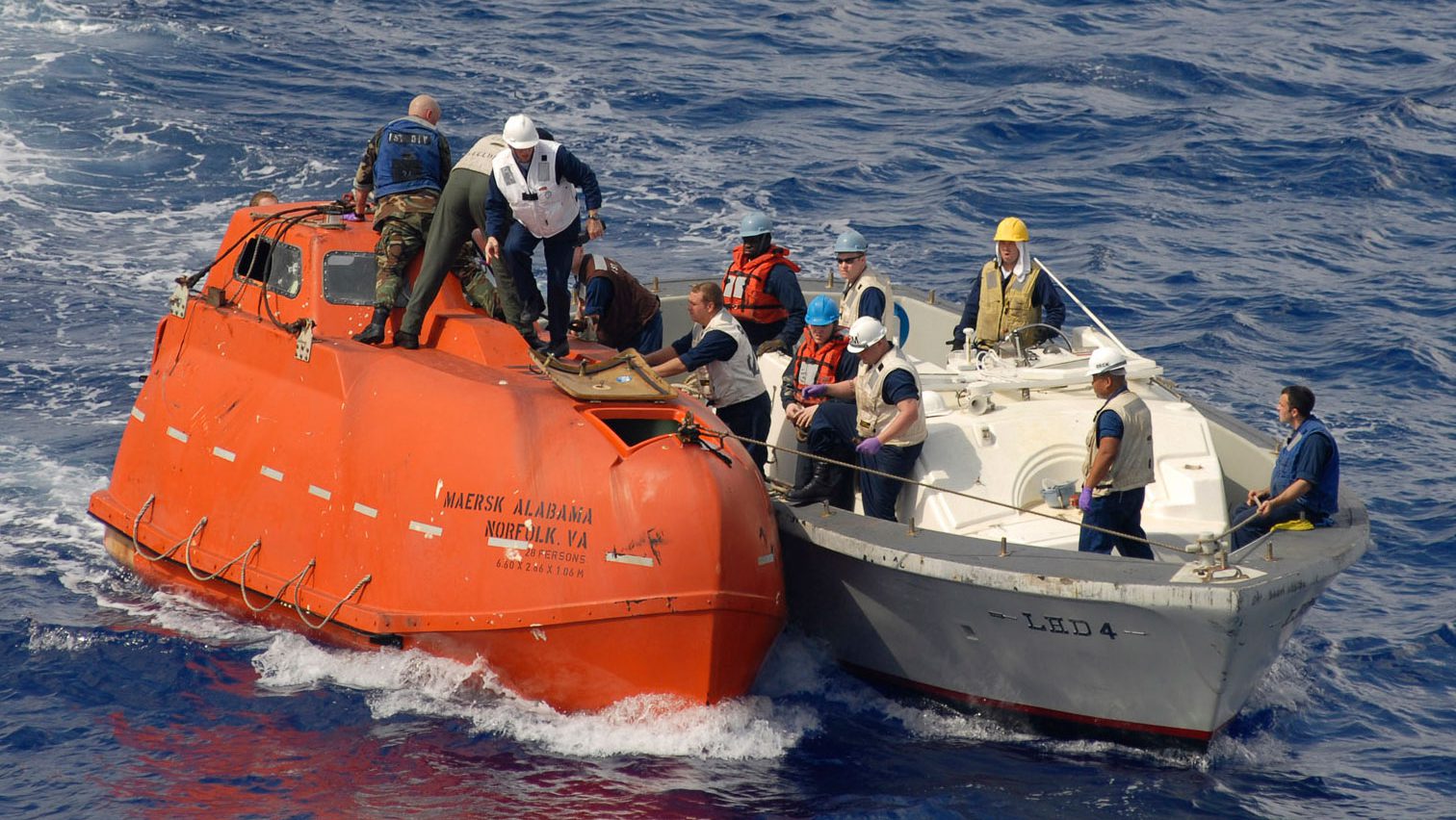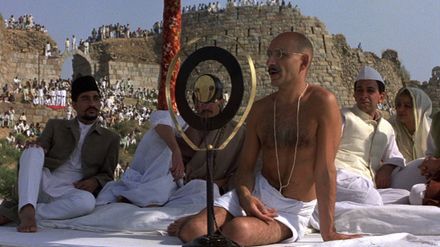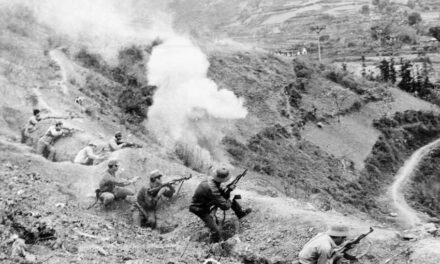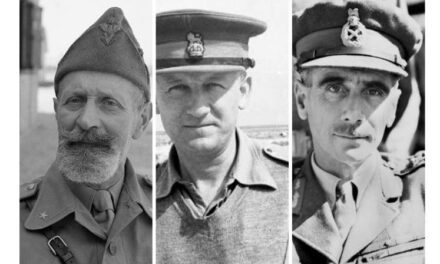By Michael Vecchio.
Most history enthusiasts will eye the release of a new film on a historical topic somewhat sceptically, thinking ‘will they get it right?’
Many biographic or historical films suffer a slew of inaccuracies, ranging from errors in chronology, omitted or invented characters and events, or something as glaringly obvious as incorrect period clothing. Yet in spite of the many films in this category, there are also a number of titles that are not only entertaining and moving but effectively reflect their chosen history with accuracy, detail, and heart.
TITANIC (1997) – Directed by James Cameron
Perhaps one of the most famous films ever made, and for a time the highest grossing film of all time, Titanic may seem like just another blockbuster, but like icebergs contains much more beneath the surface.
Beyond a simple retelling of the sail and tragic sinking of the famed luxury liner in 1912, Cameron’s film melds together fiction with reality, creating a movie experience full of wonder, heart, and of course tragedy.
The Incredible True Story Of How “Titanic” Got Made.
Films depicting the Titanic’s fate had been made before (including 1958’s A Night to Remember, perhaps the best known before Cameron’s version), but a combination of lack of accurate information and romantic campiness, made prior dramatizations not only unfactual but forgettable. With the discovery of the wreck in 1985, a whirlwind of new information into the sinking became evident, including the long-disputed fact that the ship had broken in two.
By combining a fictional romance with real people and reconstructing the ship and sinking with wondrous use of practical and digital effects, Titanic is indeed a blockbuster, but an emotionally fulfilling and intellectually stimulating excursion as well.
FLAGS OF OUR FATHERS/LETTERS FROM IWO JIMA (2006) – Directed by Clint Eastwood
The decisive American victory at the Battle of Iwo Jima in 1945 set the stage for the end of the Pacific Theatre in World War II; in 2006 Clint Eastwood fashioned a pair of films that aimed to spotlight this ever-important and savage battle, Flags of our Fathers and Letters from Iwo Jima. A unique approach to filmmaking, Eastwood essentially told the same story in two films, but from the American perspective in one and the Japanese one in the other.
In the case of Letters from Iwo Jima, audiences not only see the plight of the Japanese people and the consequences of rigid ultranationalism but begin to understand that at the human level, these so-called enemies were just as scared, vulnerable and plagued with guilt as their American counterparts.
The brilliance of Eastwood’s two films is their focus on the humanity at the core of such wars, and the acknowledgment that good and evil is not simply one-sided. Viewing these films gives no indicators of who was “good or bad”, but rather a sad look on the continued absurdity of armed conflict and the lives that are ended by it.
SCHINDLER’S LIST (1993) – Directed by Steven Spielberg
Schindler’s List is a film crafted specifically not to entertain or simply make one cry, but to confront us with a horrific truth. To confront us with the reality of crimes so unspeakably evil, it still seems hard to fathom they ever occurred.
Filmed in black and white to portray the literal darkness that befell Europe during the Second World War, Schindler’s List uses the story of German industrialist Oskar Schindler (Liam Neeson) and his employment of Jews in his munitions factory to personalise this infamous era of modern history. Scenes of the Krakow Ghetto and mass deportation are hauntingly dramatized, while summary executions are depicted in all their depravity.
There is nothing in Schindler’s List that is easy to ingest, but really there is no other way.
12 YEARS A SLAVE (2013) – Directed by Steve McQueen
Based on the memoir of the same name by Solomon Northrup, 12 Years A Slave, recounts as its title implies, the years in which Northrup, a free man, was sold into slavery and met face to face with all its intrinsic wickedness.
Distressing, violent, and yet filled with a tinge of hope, the film is an unflinching look at the institution of slavery and its consequences in the United States of today. Beyond winning the Academy Award for Best Picture, 12 Years A Slave is important because it never shies away from its focus on the slave trade and all its hideous characteristics.
The Cultural Significance of Solomon Northup’s Twelve Years a Slave
CAPTAIN PHILLIPS (2013) – Directed by Paul Greengrass
Known for directing films that dramatize real life events like United 93, Paul Greengrass produced with Captain Phillips a film that is not only thrilling but filled with an intense realism; recounting the true story of Captain Richard Phillips whose cargo ship, was hijacked by four Somali pirates just 400 kilometres from the Somali coast in April 2009, Greengrass and screenwriter Billy Ray successfully build tension making the audience question if Phillips and his crew will indeed survive this ordeal.
The film’s realism is perhaps its strongest element, with vivid details ranging from the design of the ship, to the pirate’s mannerisms, clothing, and speech. It allows us to forget we are watching a film and not a documentary of the event. And of course, we are left to question the motives of the pirates; why are they participating in criminal activity? Do we always have a choice? The detail of the real event is described here.
Here are some podcasts that discuss these movies and their historical context.
Read More: Five Great Historically Accurate Films: Part Two
Articles you may also like
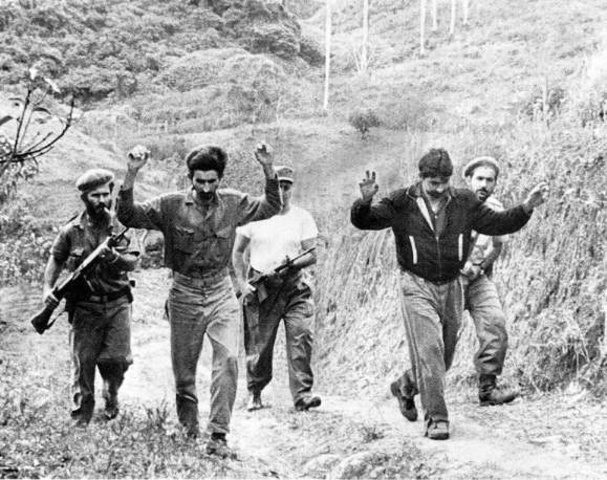
Hubris and Miscalculation: The failure of the Bay of Pigs invasion
HUBRIS AND MISCALCULATION: THE FAILURE OF THE BAY OF PIGS INVASION By Michael Vecchio The threat of Nazi villainy had been defeated, however another authoritarian threat rapidly placed over half of Europe behind what Winston Churchill called an “Iron Curtain”. The Soviet Union’s aggressive brand of Communism startled much of the Western world, but perhaps […]

